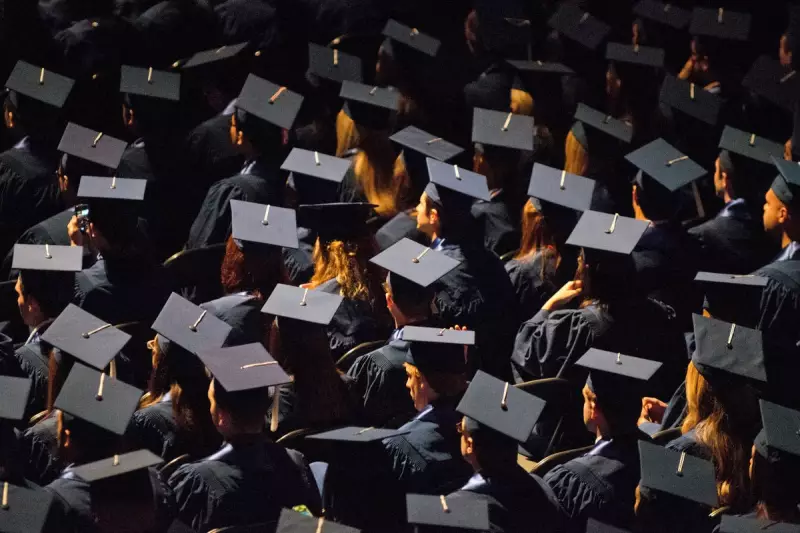
US Foreign Student Enrolment Defies Predictions of a Nosedive
Contrary to widespread fears, the number of international students at American universities has remained surprisingly resilient this autumn, despite a Trump administration crackdown on visas. A new report reveals that overall foreign enrolment saw only a slight 1% decrease compared to the previous year.
This relative stability, however, masks a more troubling trend brewing beneath the surface. The total figure is propped up by a large number of graduates remaining in the US for temporary work. The real cause for concern is the sharp 17% drop in new, first-time students arriving from abroad, the most significant decline since the COVID-19 pandemic.
Universities Feel the Financial Pinch as New Enrolments Plummet
The decline in new international students is already having a tangible financial impact on some institutions. Nearly 60% of colleges reported a decrease in new foreign students this autumn. At DePauw University, the number of international graduate students fell by a staggering almost 62%, a driving factor behind recent spending cuts.
This trend is not isolated. The University at Albany and Kent State University have both reported significant budget strains directly linked to falling international numbers, with Kent State requiring an additional $4 million in cuts. Even large public universities like the University of Illinois, the University of Michigan, and Arizona State University have seen dips in their international cohorts.
Mirka Martel, head of research at the Institute of International Education which conducted the survey, commended universities for their efforts. “I think colleges and universities did absolutely everything in their power to advocate to get these students to the United States,” she said.
Visa Hurdles and Global Competition Threaten Future Stability
The Trump administration's policies are identified as a central cause of the downturn. The White House has actively pushed for reductions in foreign student intake and the State Department's stricter visa screening, coupled with ongoing processing delays in key countries like India, has created significant barriers.
This has opened the door for competitor nations. Joann Ng Hartmann of NAFSA noted that countries like Germany and Canada are capitalising on the disruption with friendlier policies and messaging to recruit students reconsidering the US.
The situation is particularly acute at the graduate level, where international students saw a 12% drop this autumn. These students, who often study science, maths, and business, are crucial to campus budgets as they typically pay higher tuition fees and subsidise domestic students.
Looking ahead, industry leaders are worried. Clay Harmon of AIRC expressed deep concern, stating, “There are warning signs for future years, and I’m really concerned about what this portends for fall '26 and ’27.” While universities are offering enrolment deferrals to mitigate the immediate crisis, the long-term sustainability of US international education is now in question.





